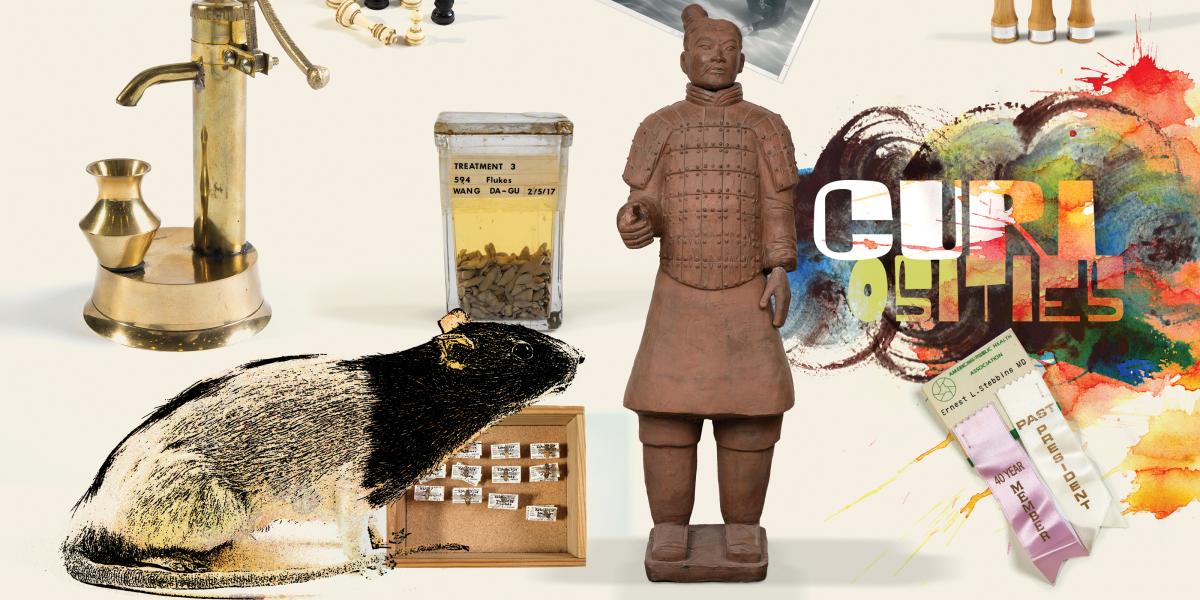Objects of Affection: Curiosities
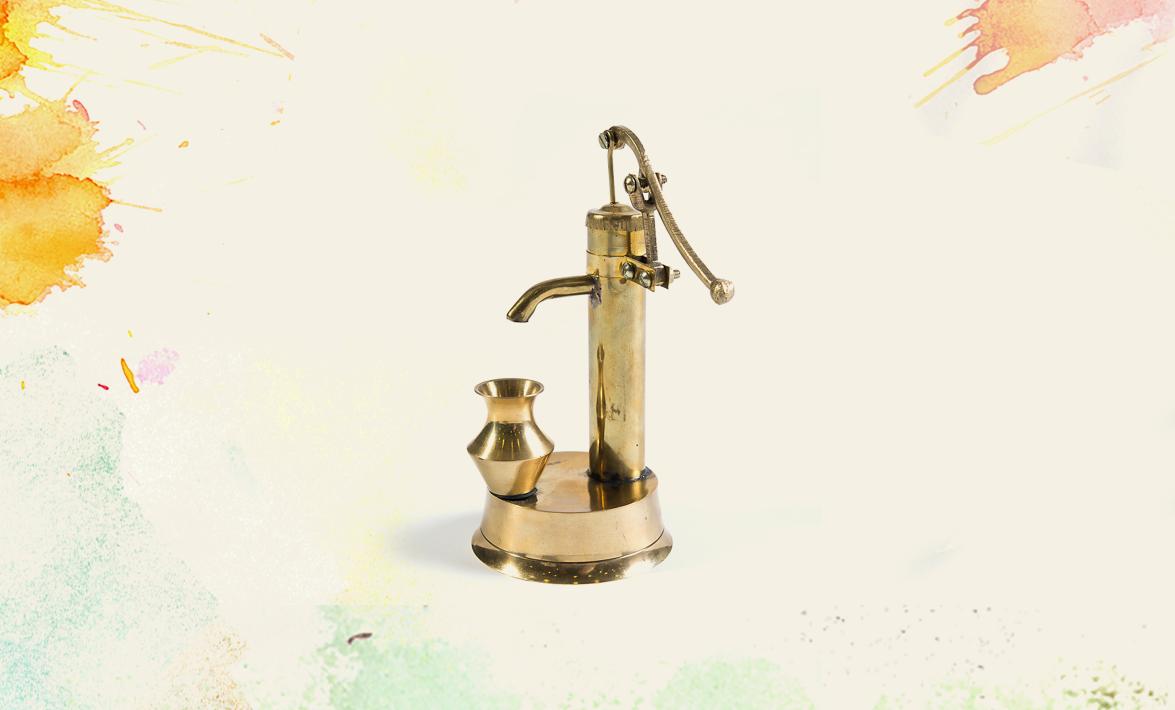
Desktop Water Pump (2010)
Dean Michael J. Klag, MD, MPH ’87, purchased this souvenir in India. It reminds him of John Snow's use of data and maps to characterize a cholera epidemic in London in 1854.
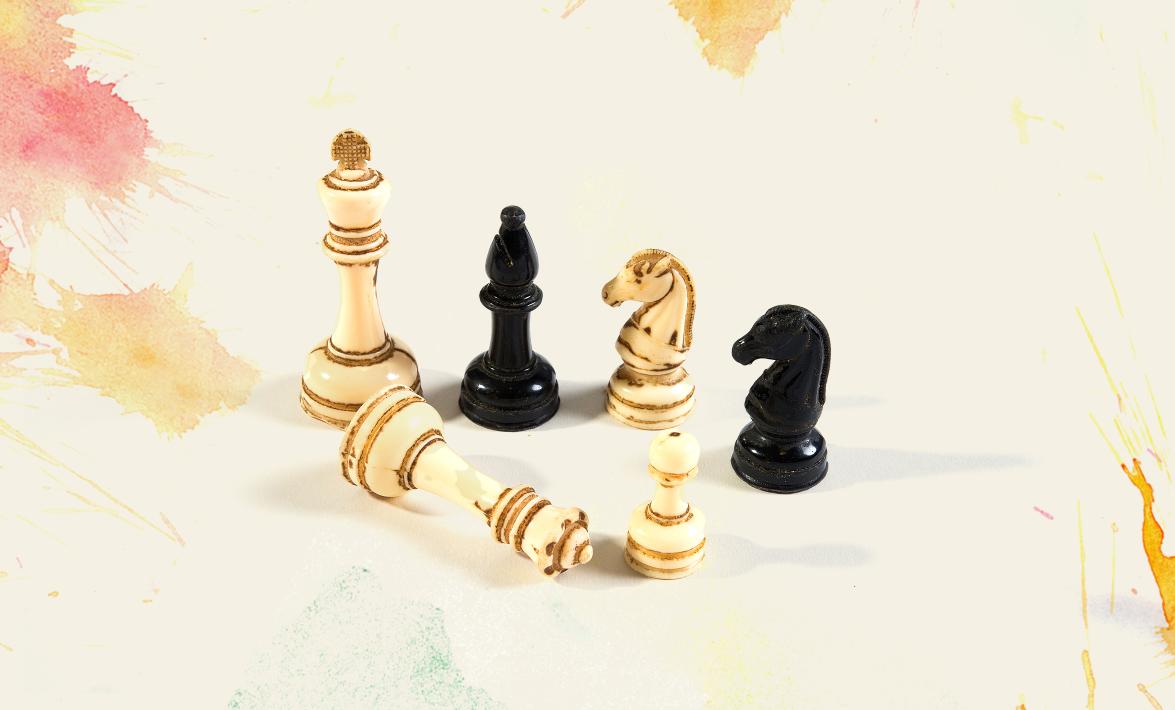
Kriegspiel Chess Pieces (c. 1960)
Biostatistics chair Alan Ross introduced this blinded chess game played by opponents separated by a partition.
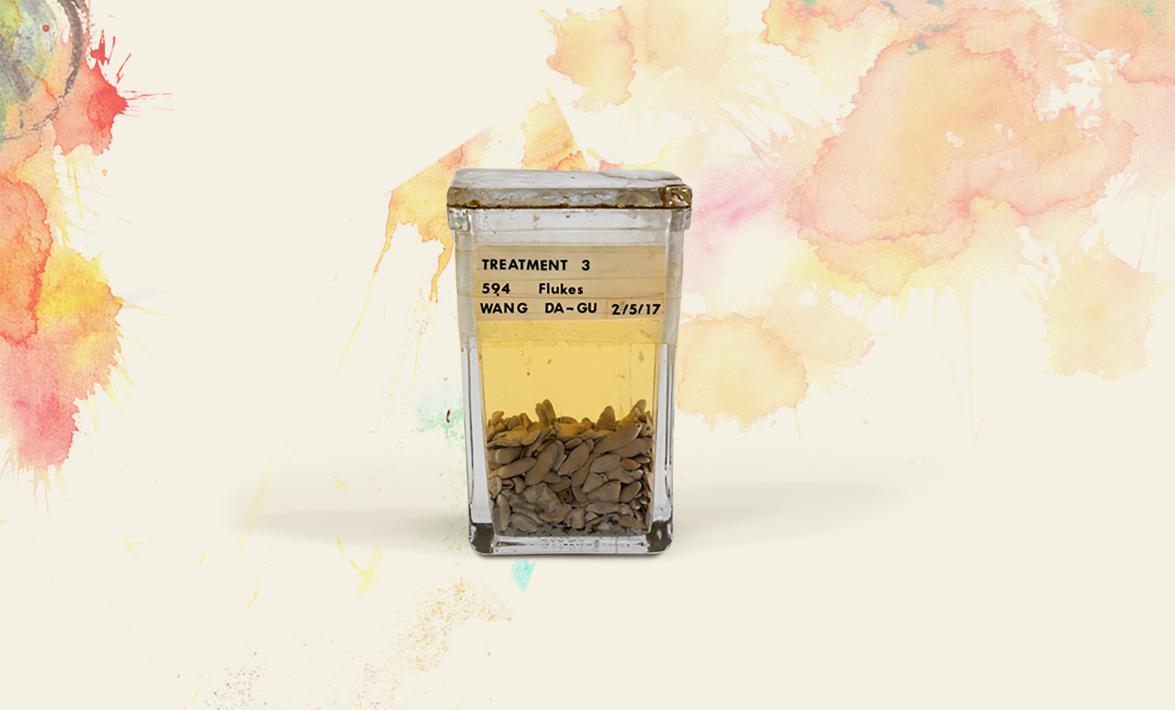
Liver Flukes Specimens (1917)
Used in parasitology classes, these liver fluke specimens were collected in China by William W. Cort, chair of Helminthology.
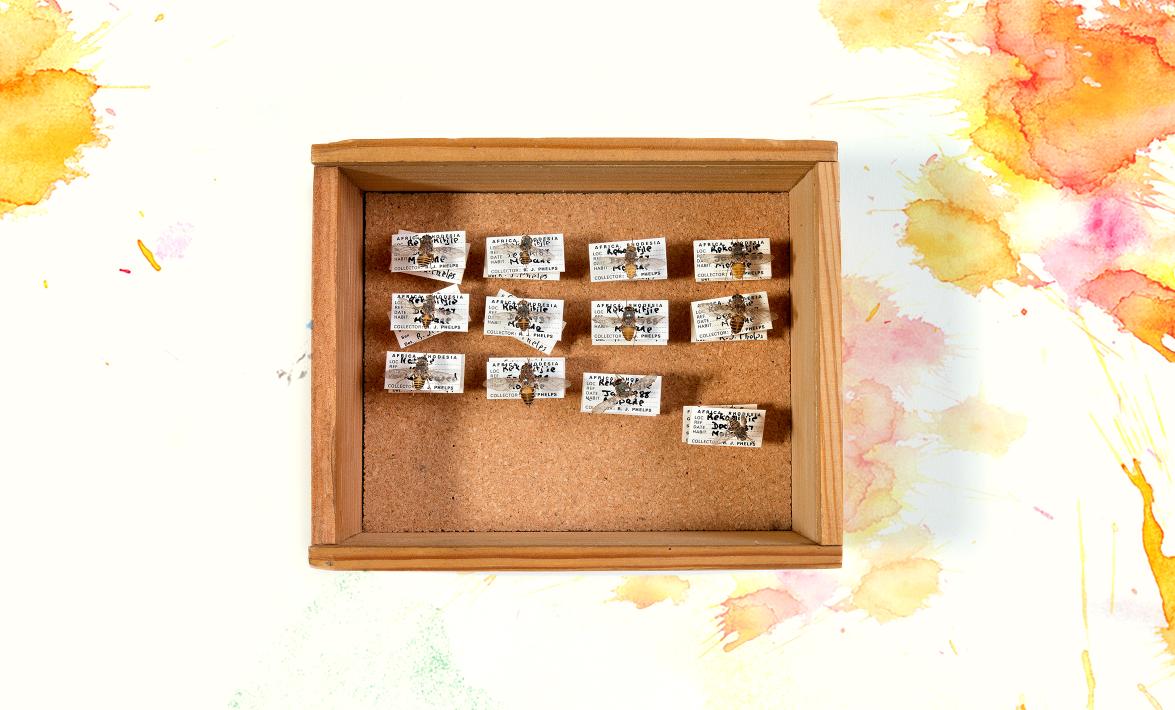
Tsetse Fly Specimens (c. mid-20th century)
These were used in parasitology classes.
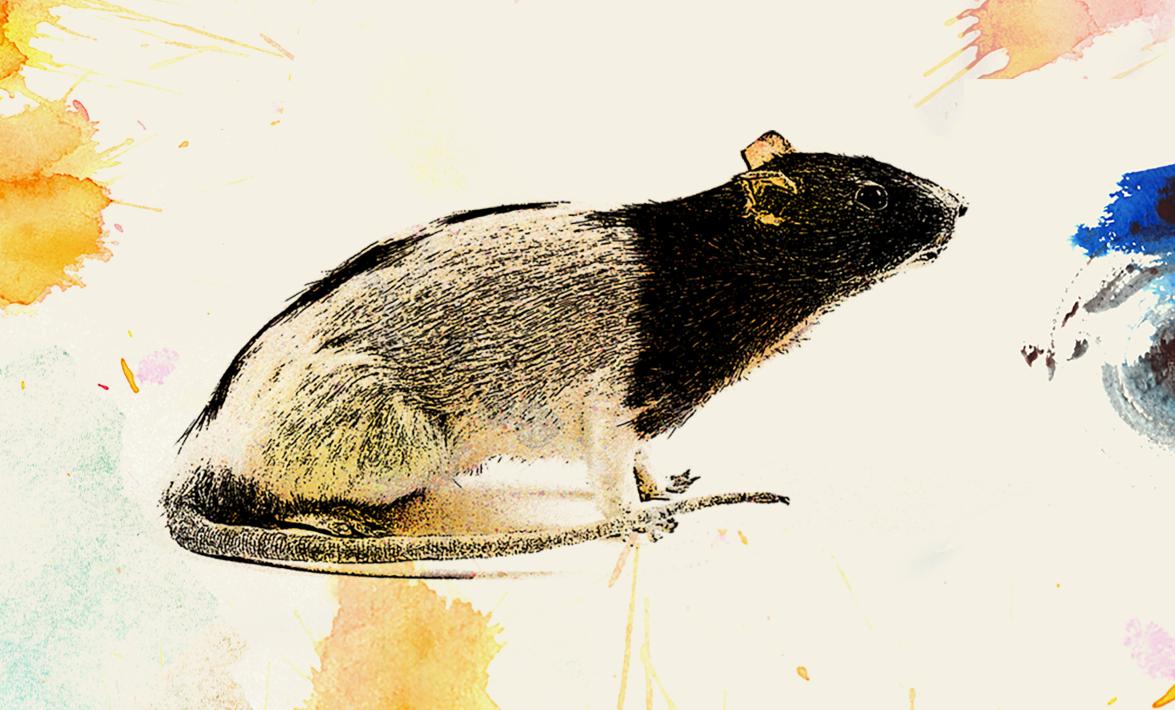
Rat (c. 1925)
This taxidermied rodent once lived in a colony used by Elmer V. McCollum, founding chair of Biochemistry, to conduct research on nutritional deficiencies. The rat achieved posthumous fame in a second life as an unofficial School mascot who appeared randomly in classrooms, faculty offices and student lockers.
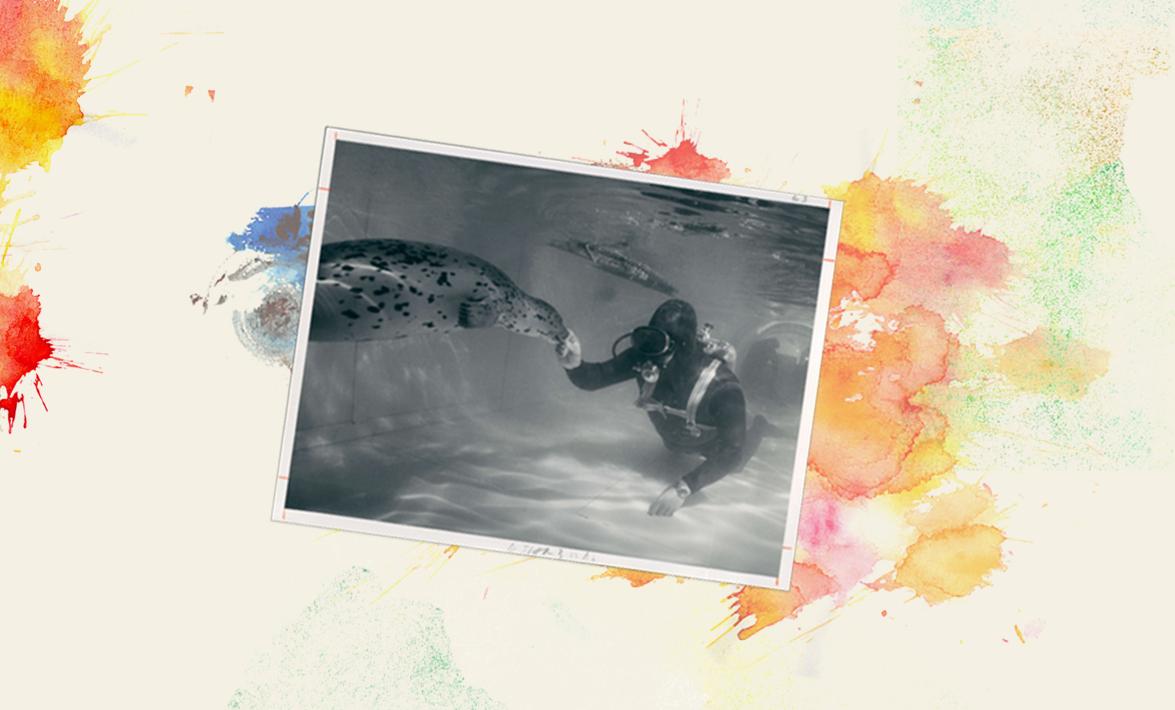
Diver and Seal (1967)
As part of Pathobiology's research on population ecology, G. Carleton Ray studied seals in a 5,000-gallon tank housed in the School's basement from the 1960s to the 1980s.
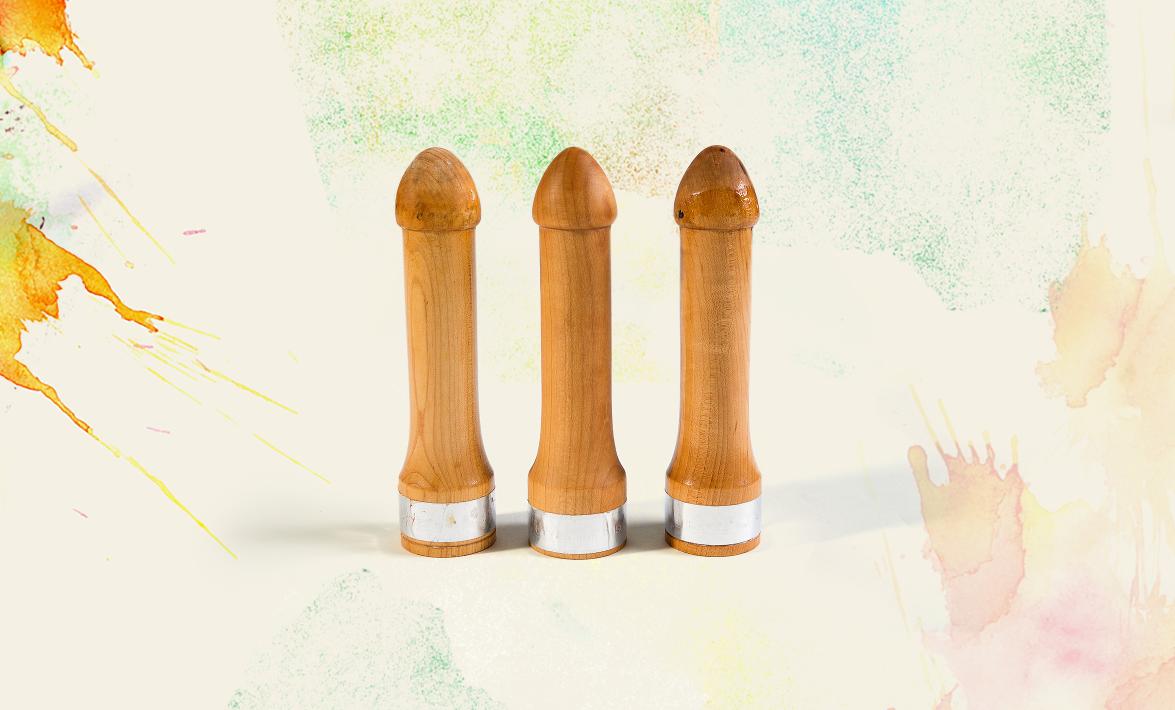
Wood Phalluses (c. 1980s)
Epidemiology faculty used these props in condom demonstrations for international research on sexually transmitted disease prevention.

APHA Nametag (c. 1970s)
Dean Ernest L. Stebbins, MD, MPH ’32, served as president of the American Public Health Association in 1966.
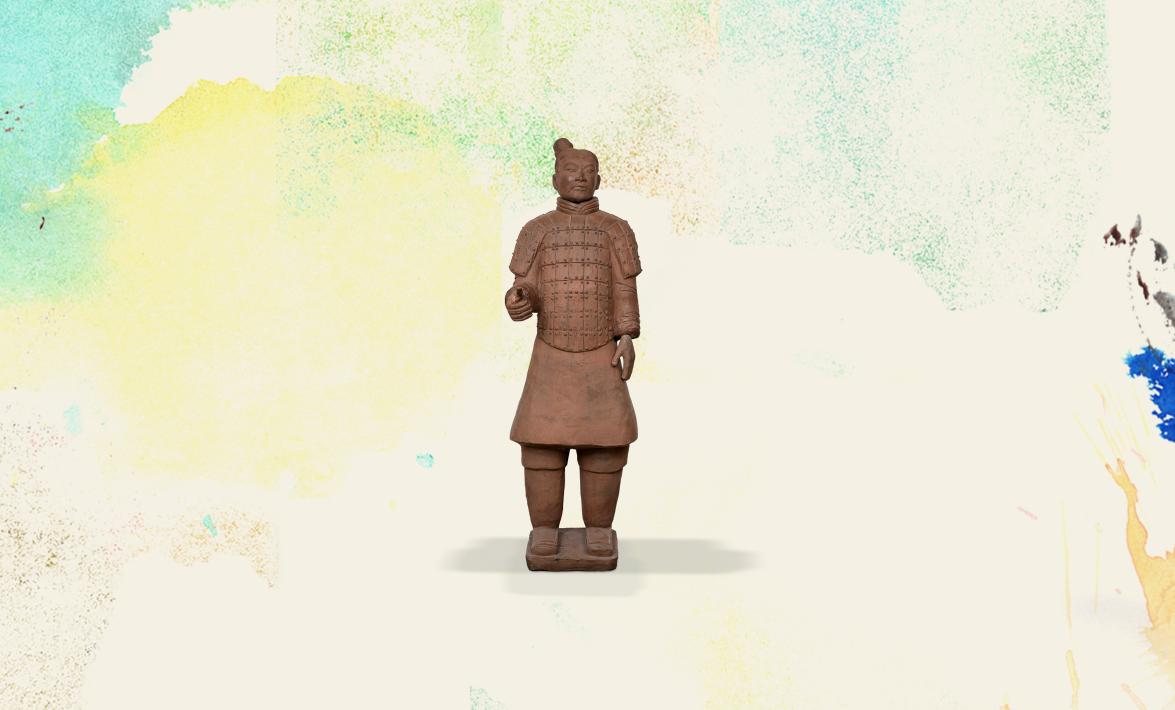
Terra Cotta Soldier Statue (c. 1990s)
Environmental Health Sciences faculty Tom Kensler, Patricia Egner and John Groopman brought a terra cotta soldier statue named "Qin" back from China in 1994 to guard their lab, which investigates the role of a common food contaminant in the induction of liver cancer in Asia.
